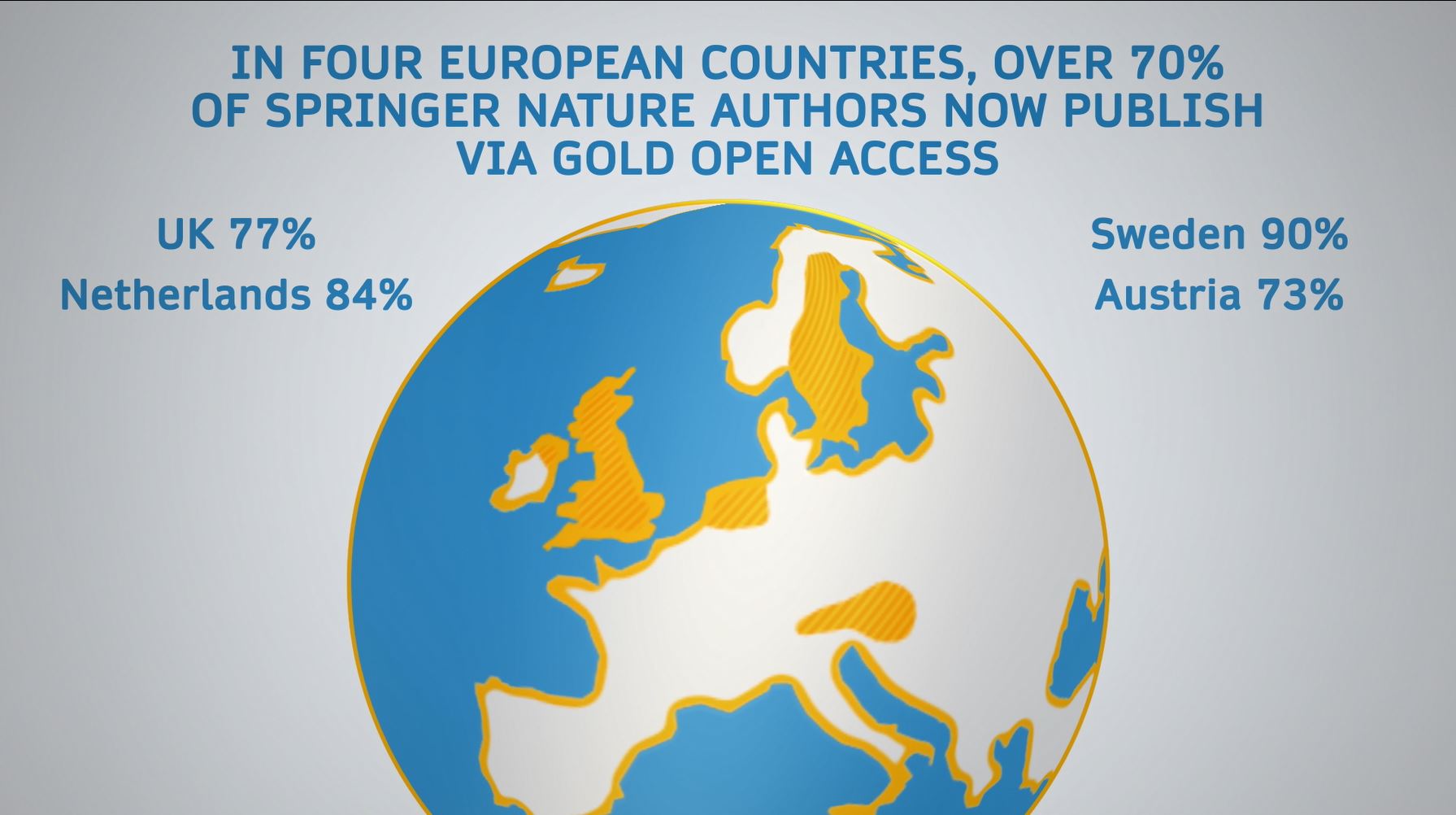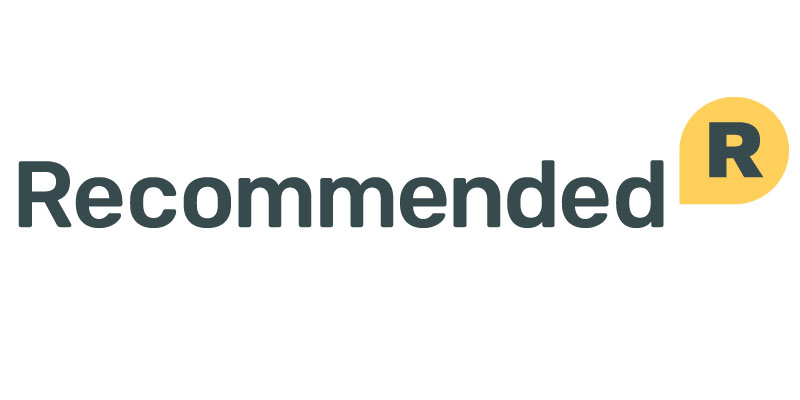Researching November’s News with SharedIt
Interested in learning more about the facts behind the stories you read from the media? Each month we’re pulling some of the major headlines from the news, and pairing them with research articles related to the topic. With the power of SharedIt, you’ll be able to read full journal articles and share them with others! The FIFA corruption trial began in New York courts in the United States this month. If found guilty, South American officials could face prison time. Learn more about the corruption issues in: World cup 2026 now accepting bribes: a fundamental transformation of FIFA’s world cup … Read more…








